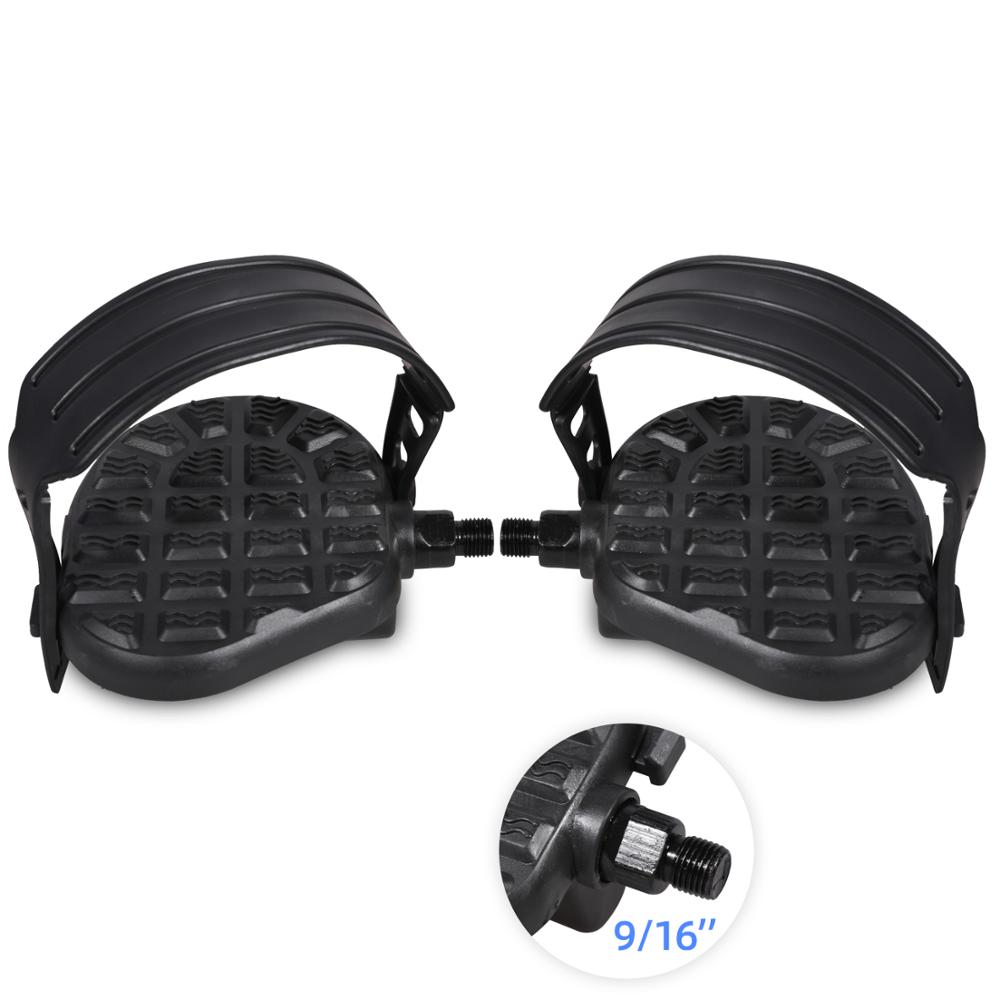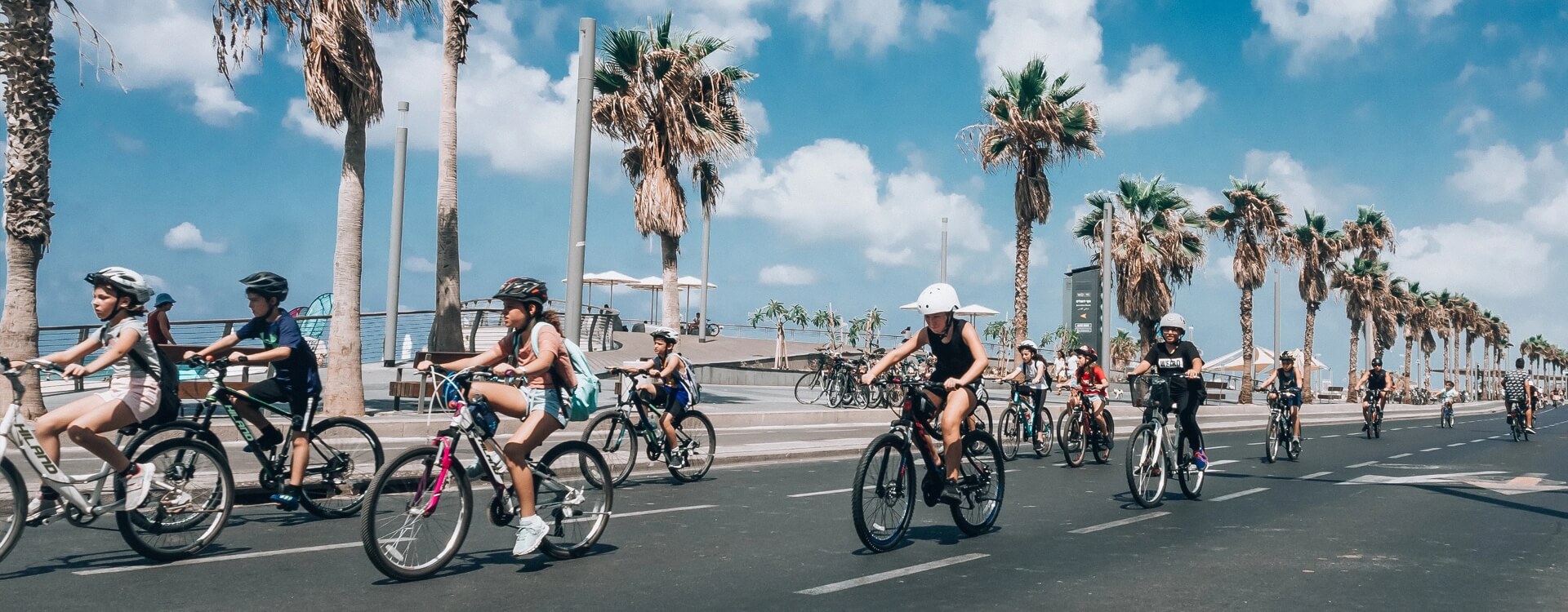
As a bicycle for mountain biking enthusiasts, mountain bikes are different from ordinary bicycles in terms of workmanship and materials. To adapt to places such as mountains, the requirements for bicycles are relatively high. So what details should you pay attention to? The following is the common knowledge of mountain bike purchases that I have compiled for noveles, and I hope it will be helpful to everyone.
Frame:
The important components of mountain bikes are divided into the hard frame and soft frame (rear shock absorber frame) according to the structure. The materials are generally titanium alloy, carbon fiber, manganese steel, aluminum alloy, magnesium alloy, etc.
Titanium alloy is light in texture and good in softness, but the rear frame is soft when climbing and the price is high;
The carbon fiber frame is stiff and great for climbing. But because of this, in case of a violent impact, the function of preventing the frame from cracking or even breaking off is excellent, but it is a bit heavy;
Aluminum alloy is light in weight and low in cost, but its disadvantage is that it is bumpy when going downhill and has a short service life.
Fork:
Mountain cross-country bicycles are generally equipped with high-performance front suspension systems, and the choice of front suspension forks is also very important. Its quality determines the speed and safety of the rider. The front fork has several processes that rely on air pressure, hydraulic oil, glue sticks, and springs to play a shock absorption role. The stroke (referring to the distance that the shock absorber or shock fork moves due to shock absorption) is generally 40 to 120 mm, which can be selected according to different needs so that the mountain bike can be safe no matter what complex ground conditions pass.
Tires:
Chunky tires and strong grip are also key features of mountain bikes. The material of the tire, the arrangement, shape, and depth of the tread pattern and tire grains determine the performance of the tire. Different tires should be selected on different road surfaces.
Transmission system:
The hand dial (handle group), front dial (front derailleur), and rear derailleur (rear derailleur) are the main components of the transmission system, and their selection and debugging determine the speed of transmission. The combination of different brands or those with a large disparity between the old and the new may result in inaccurate or slow shifting or even inoperability.
Transmission:
The lubrication of the front and rear axles must be good, and its lubrication is directly related to the rider’s riding speed. The ratio between the number of chain wheels of the mountain bike chainring and the number of teeth of the flywheel is called the transmission ratio. The higher the transmission ratio, the stronger and easier the rider can climb.
Braking System:
To ensure safety, V brakes and disc brakes are more commonly used now. The advantages of V-brakes are that they are light, feel good, and are easy to maintain. The disadvantage is that there are requirements for the use environment, the basic brakes are zero on rainy days, and the rims are destroyed; Disc brakes are divided into three types: wire-pull disc brakes, oil disc brakes, and oil-pull disc brakes. Its advantages are that it does not destroy the rim and brakes, but the disadvantages are that it is heavy and feels hard.

Helmet:
The helmet is made of high-strength plastic and plastic foam with cooling holes. If you accidentally fall while riding, you can protect your head from serious injury. Riders should choose helmets that are light in weight, and have good reverse wind conductivity and breathability.
Cycling cloth:
The cycling clothing is tight-fitting and made of special materials. It must have good perspiration, air permeability, warmth retention, reduce wind resistance, and a good visual effect, which is convenient for passers-by to avoid drivers. The pads of the cycling pants can reduce the friction between the buttons and the seat.
Cycling shoes:
There is a small recessed groove in the sole, which cooperates with the lock on the pedal to lock the rider’s foot and the car together when riding, so it is easy to use force.
Gloves:
It mainly plays the role of anti-slip, not only to reduce the wear of the hand of the rider when holding the handlebar but also to provide protection for the hand when the rider falls.
Goggles:
Said to be goggles, it is not only used to prevent wind and light but also block everything that may affect the driver’s vision, such as flying insects, gravel, and branches.


